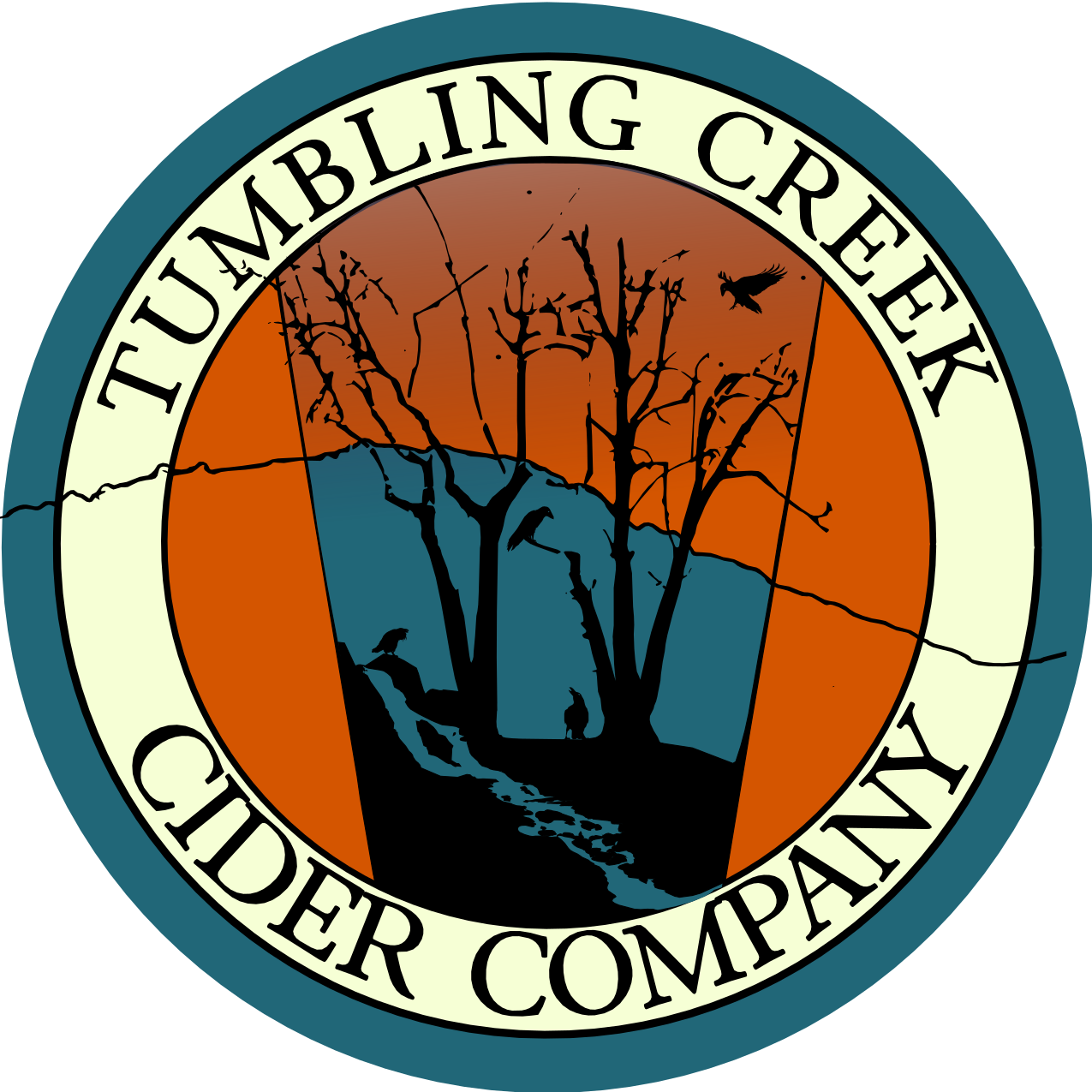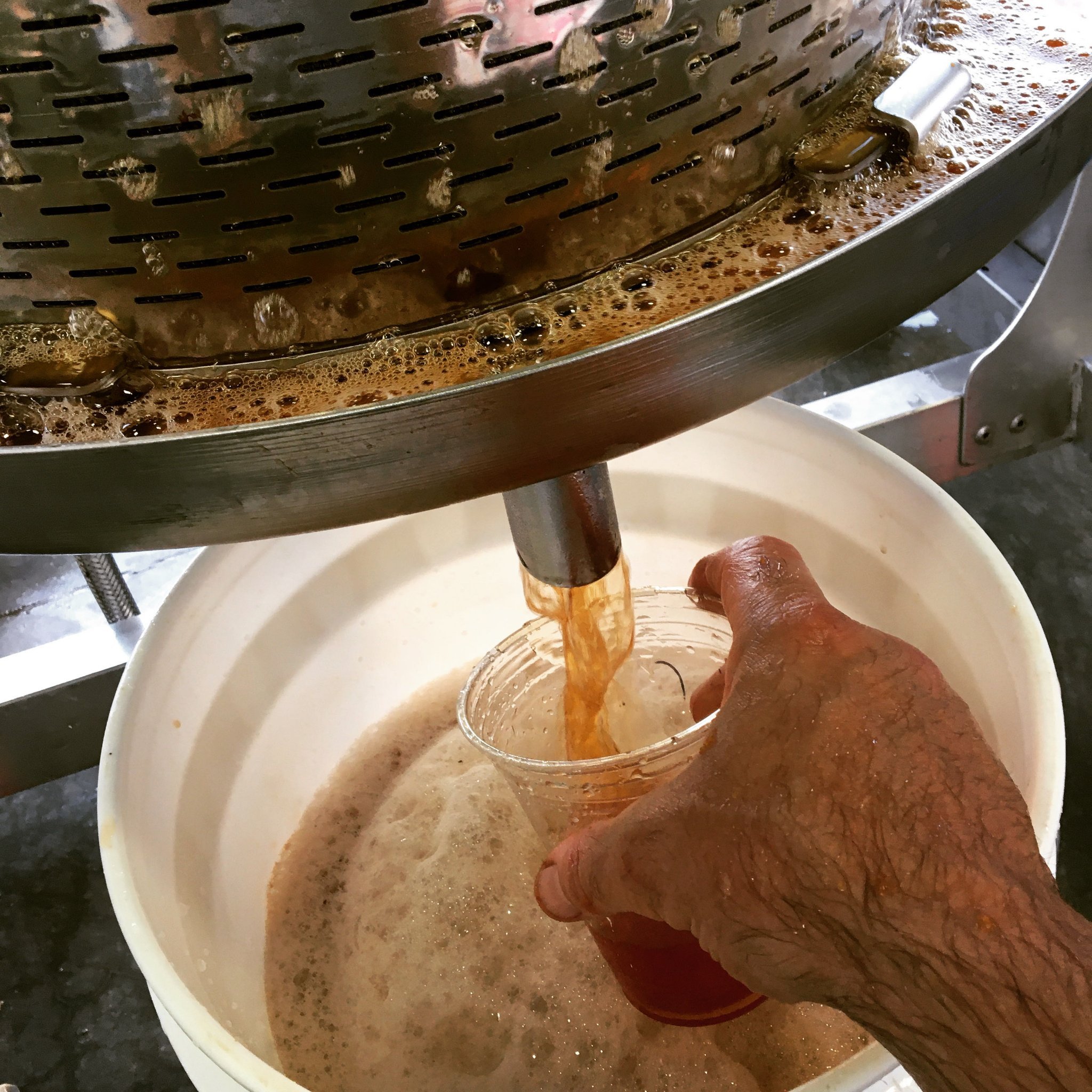Cidermaking 101
The Journey from Apple to Glass
To ensure only the highest quality product makes it to your glass, our makers bring a depth of knowledge, expertise, and precision to each stage of the process.
Cidermaking 101 will offer a peek at their work and the journey from apple to glass.
Part 1 - SUGAR
Welcome to Class. Today’s lesson focuses on sugar. This tasty little ingredient does more than sweeten the deal, it offers the ABV, or Alcohol by Volume, that puts the hard in Hard Cider.
Ingredients are few, yet complexity is deep. The cidermaker starts with the sourcing of apples with the right levels of three key ingredients.
Sugar
Acidity
Astringency/Tannins
Without good “cider apples,” it will be difficult to make cider of desired complexity and alcoholic strength.
Of course, apples are not hard to find. Go to any grocery store and you will have your selection of excellent apples. It’s natural to think that pure Honey Crisp apple juice (which is indeed delicious!) should produce similarly fantastic hard cider. Yet the aroma qualities of these apples do not survive the fermentation process easily, and so a Jonagold or a Honeycrisp apple will not produce similarly flavored cider.
Furthermore, these delicious dessert apples lack the acidity and stringency that add so much to the complexity of a finished hard cider.
So, lets take a moment to break down one of the main components of what makes a good “cider apple.”
Sugar
The primary sugar in apples is fructose, though other sugars such as sucrose and sorbitol may be present. During alcohol fermentation, this fructose is eventually cleaved into carbon dioxide and ethanol, and the energy released from this cleaving is used to create adenosine triphosphate, ATP- the “energy currency of the cell” as they say.
There is a positive relationship between the amount of sugar in apple juice and the amount of potential alcohol in a resulting fermented cider. Cidermakers are generally most interested in apples which contain enough sugar to land a finished cider above 6% ABV (Alcohol By Volume).
Often, later season cider apples will have enough sugar to produce cider above 8% alcohol. Generally, the yeasts will consume about 100% of available sugars in apple juice, and therefore a resulting fermented cider will be bone dry. To add sweetness to the finished product cidermakers employ back-sweetening using a variety of sweeteners, but that’s a topic for a different day.
Class dismissed. See you next time for more information on sugar, acidity and tannins. How sweet it is!



